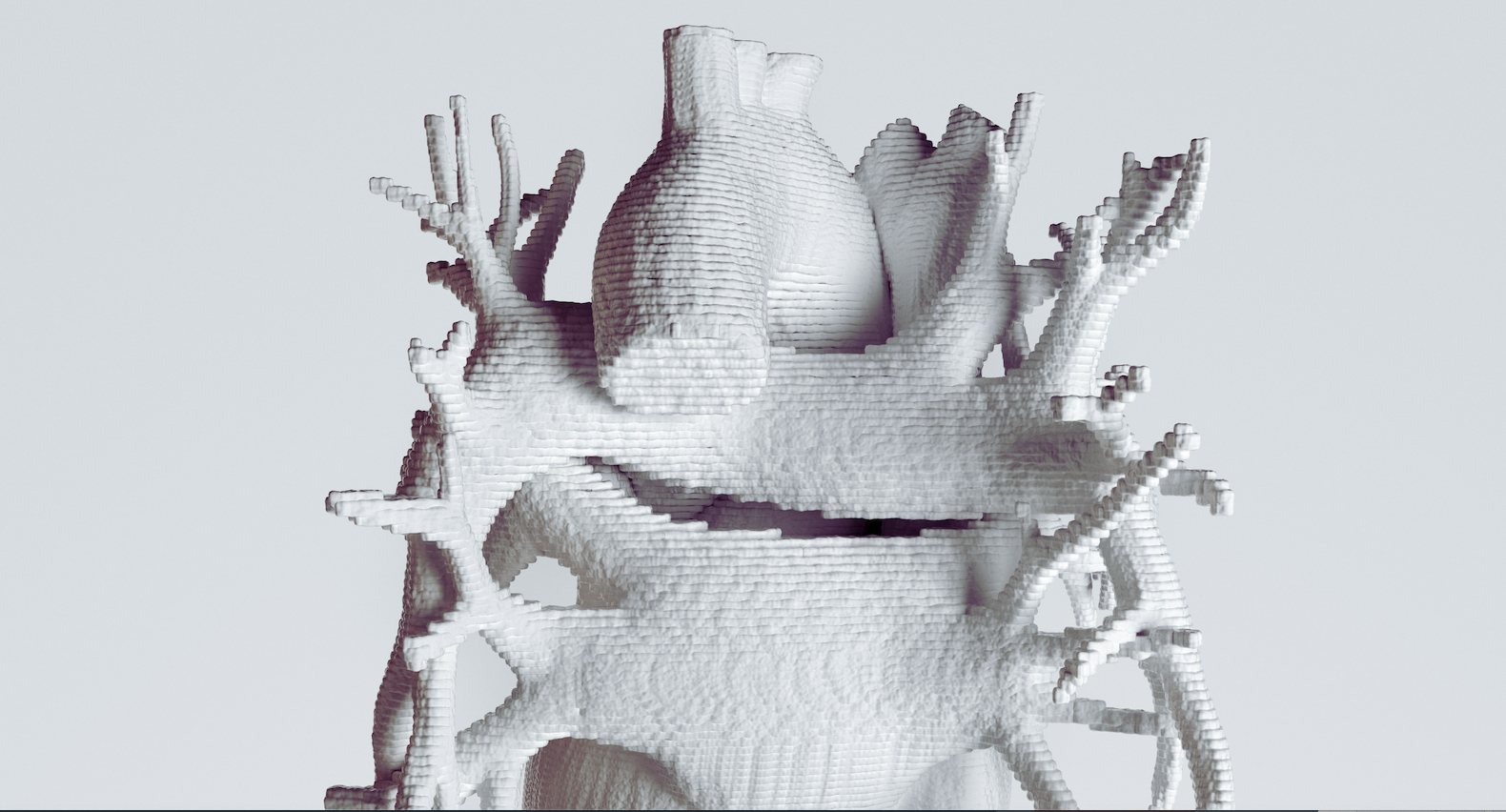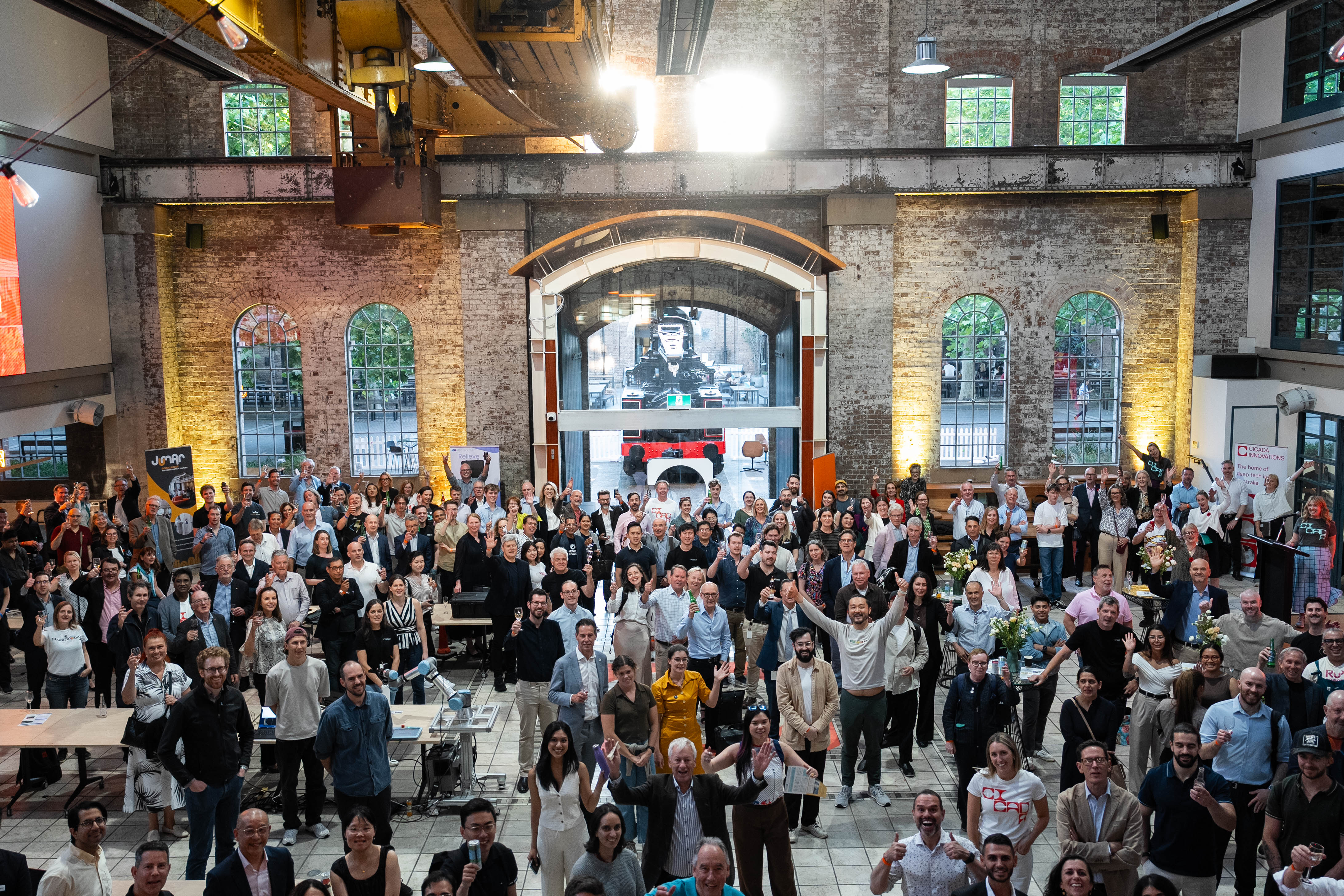Beyond the Buzz: 3D bioprinting

Imagine a world where we could 3D print replacement skin, bone, muscle, and even organs. What sounds like a Science Fiction Fantasy is now a real technology that can change the course of recovery and treatment. At our August Cicada Buzz, Sally-Ann Williams, CEO of Cicada Innovations talked to three 3D bioprinting experts and innovators, Cameron Ferris, Gordon Wallace, and Payal Mukherjee to get their takes on the future of this technology.
“It’s not science fiction from the future, it is really happening now” - Gordon Wallace
Let’s start with the BBQ test. What is 3D bioprinting?
If you’re explaining 3D bioprinting to your family at a BBQ, it refers to printing living structures layer by layer out of biological materials. Bioprinters work just like 3D printers, with one key difference. Instead of using materials like plastic, ceramic, metal or food, they deposit layers of biomaterial, that may include living cells, to build complex structures like skin tissue or blood vessels.
What are the opportunities in health?
There’s a common misconception that 3D bioprinting is about printing organs. Whilst this application is potentially decades away, the technology is being applied now to many problems.
- Experimental drug discovery: Today, 90% of experimental drugs still fail because promising results in the lab failed to work on human cells, a major constraint on our progress against cancer and other diseases. 3D bioprinting offers a solution by allowing us to recreate more realistic copies of the human cells we wish to treat, and test treatments.
- Personalized cancer treatments: When certain illnesses require a more targeted approach, 3d bioprinting offers a solution. It allows for the patient's own cells to be recreated, tested on and a personalized solution deployed. With 3D bioprinting, this treatment can become more scalable than ever.
- Transplants and regeneration: While many think 3D bioprinting is the printing of living tissue on the bench, it can also be used to deliver a biomaterial scaffold around a damaged environment in a way that accelerates your body's natural regeneration mechanisms. For example, to treat brain damage we have developed technologies that print stem cells in a manner that facilitates the growth of brain organoids.
This printing of scaffolds to facilitate organ generation is already happening, Payal Mukherjee indicated why —
“The more you try to recreate the body, the more you appreciate how amazing the human body is. The best you can do is harness the human body’s skills to do what it does best: heal itself”.
What are the challenges to make this breakthrough technology a reality?
Deep tech as a whole is never easy to commercialise, but medtech and hardware innovations (bioprinting straddles both) come with their own unique set of challenges.
- The Hard Technology Challenge: At the event, Cameron Ferris highlighted “bioprinting is the epitome of hard tech”: It combines hardcore scientific research, hardware, and software. Hard tech is challenging to bring to market, but when done correctly, it’s very “hard to copy and overlook”.
- Regulatory Challenges: With 3D bioprinting being experimental, scientists and innovators need to actively work around ever-changing regulatory frameworks. In the last few years, however, there has been steady early engagement between innovators and regulatory bodies here in Australia, helping shape the regulatory frameworks for years to come.
- Barriers to entry: 3D bioprinting, requiring such a diverse range of skills, and moving so quickly, can make it difficult for newer researchers to be heard if they are not already inside the strong, established networks. The industry is working hard to accommodate people in different paths along the journey, and helping them tap into the pipeline.
What does the future look like?
At the event, Payal indicated widespread use of organ bioprinting was “something in the near future, not decades away”, so what exactly does the future look like?
-
- The convergence of interdisciplinary networks: Bringing together diverse networks, researchers, innovators, and government is paving the way for 3D bioprinting to be adopted more widely. This tech relies on material scientists for “bioinks”, engineers for hardware, as well as clinical networks and government to regulate and shape how this tech is used. As these interdisciplinary networks grow, so do the opportunities for bioprinting to be widely adopted.
- Investment interest: Australia has a growing and maturing VC and investment sector that is starting to appreciate the long-term value of hard tech like bioprinting. Now more than ever, there's a willingness to support people with big visions in ideas rooted deeply in science.
We have a really rich bioprinting ecosystem in Australia, and in New South Wales particularly. There's never been a better time to commercialize ideas in this space.
Want to learn more?
- Learn more about Inventia Life Sciences’ bioprinting tech to accelerate drug discovery
- Take a virtual lab tour of the Translational Research Initiative for Cellular Engineering and Printing
- Learn how to turn your biotech ideas into a business with the NSW Health Commercialisation Training Program


